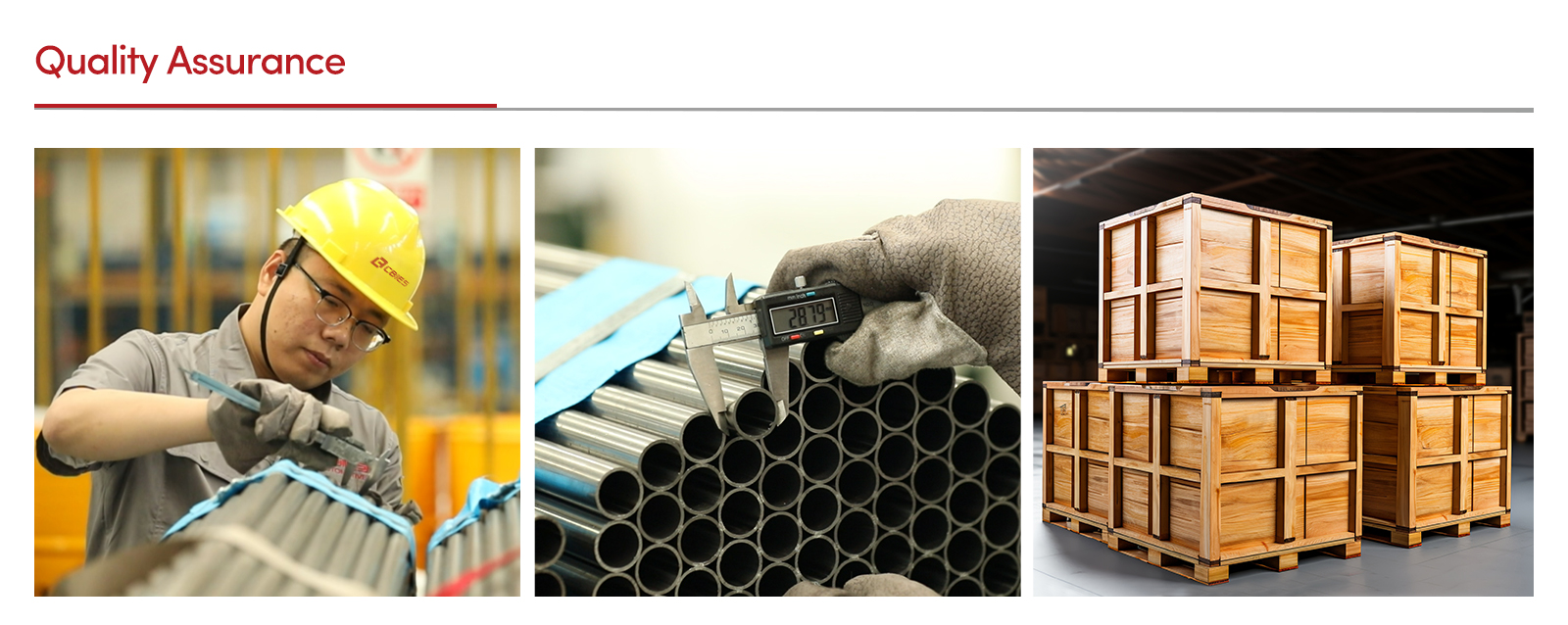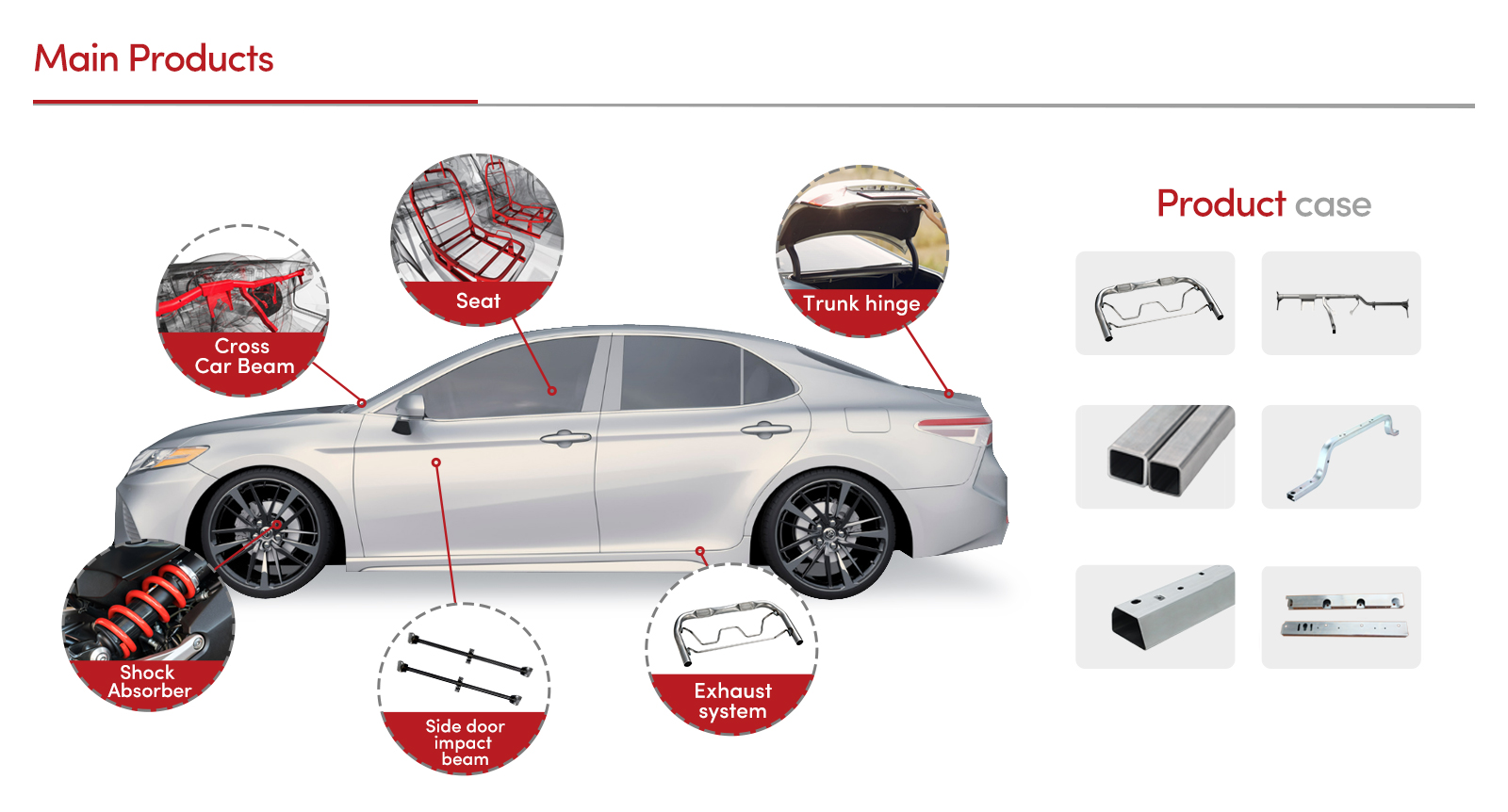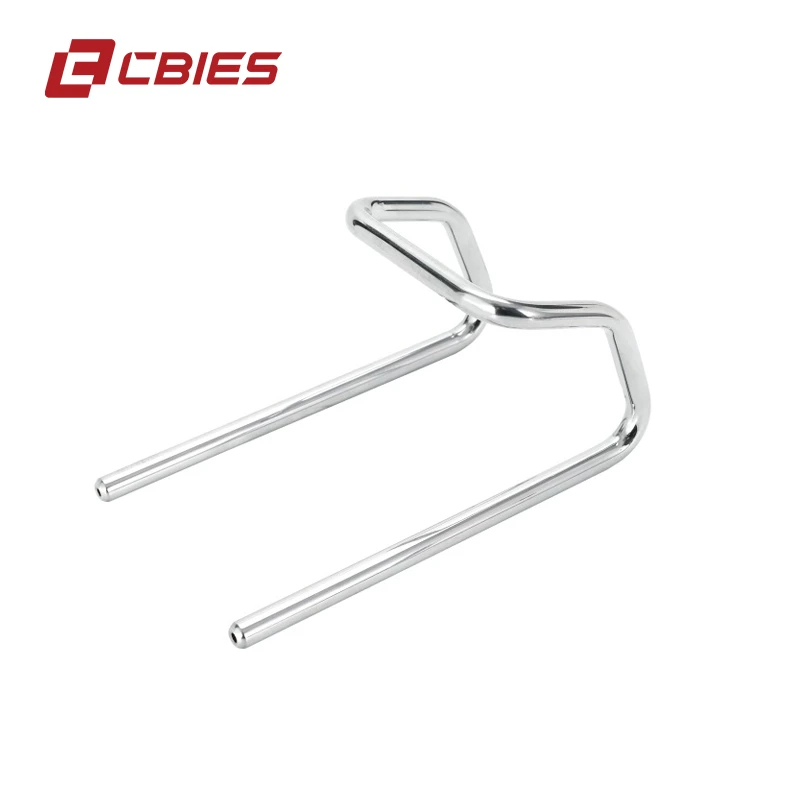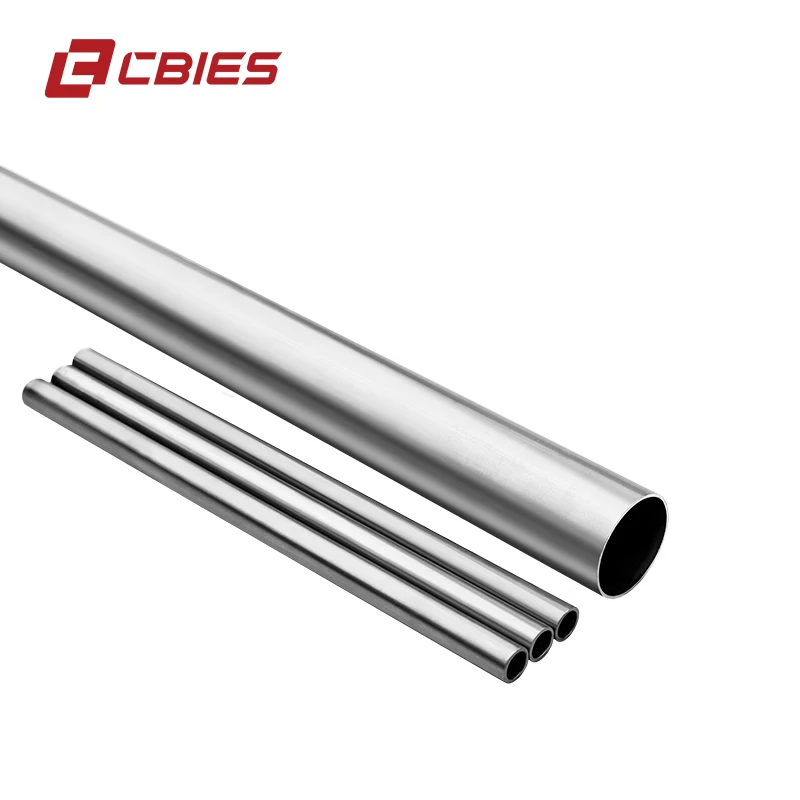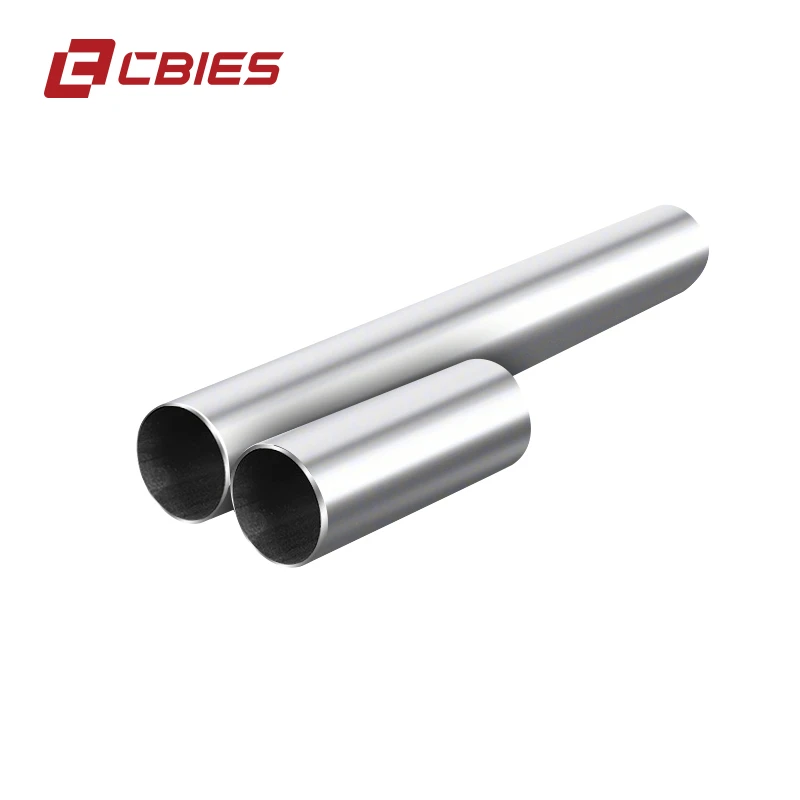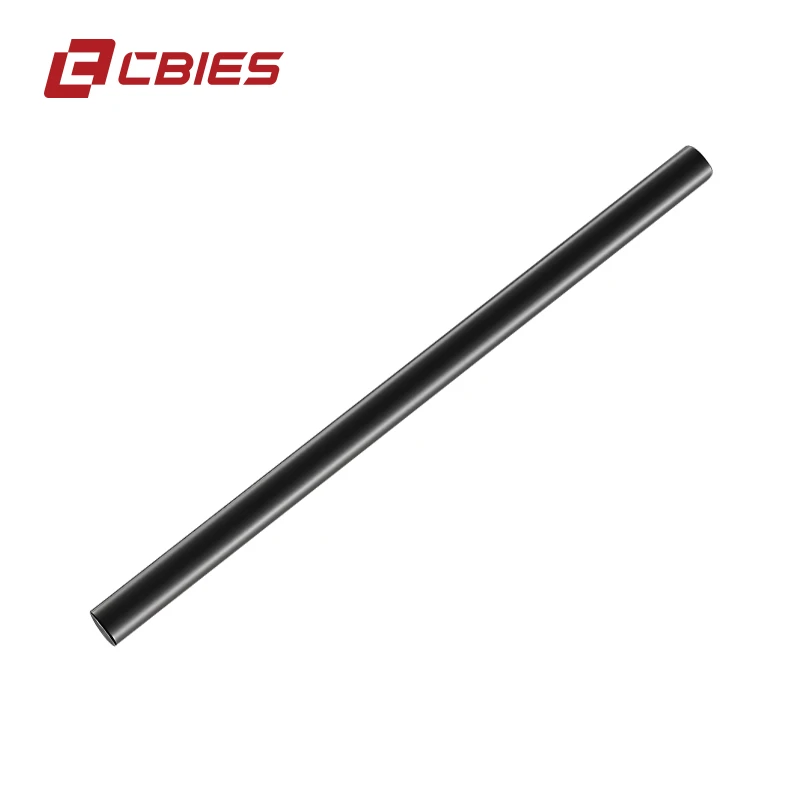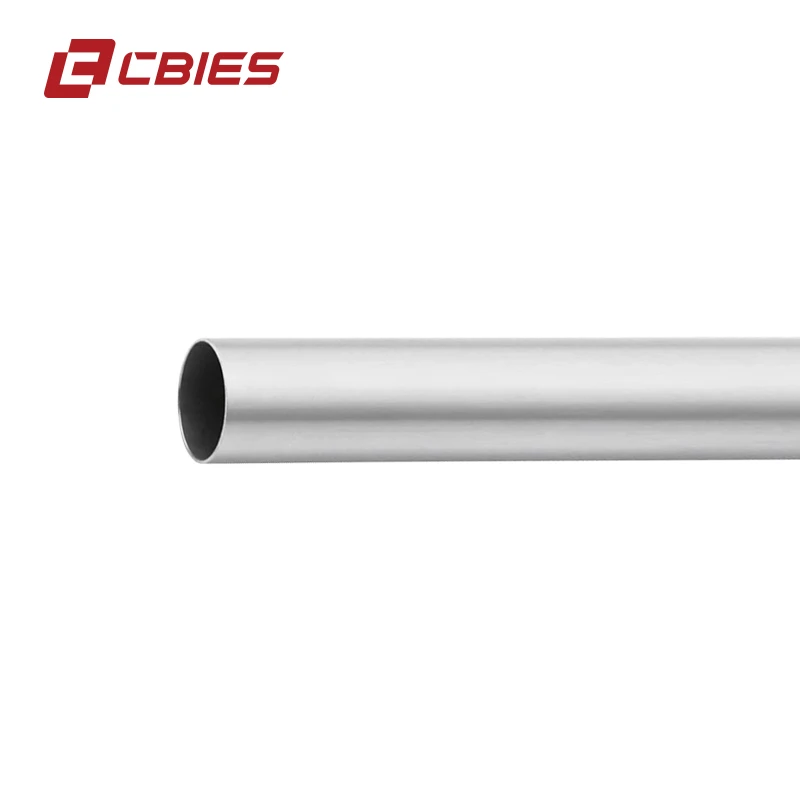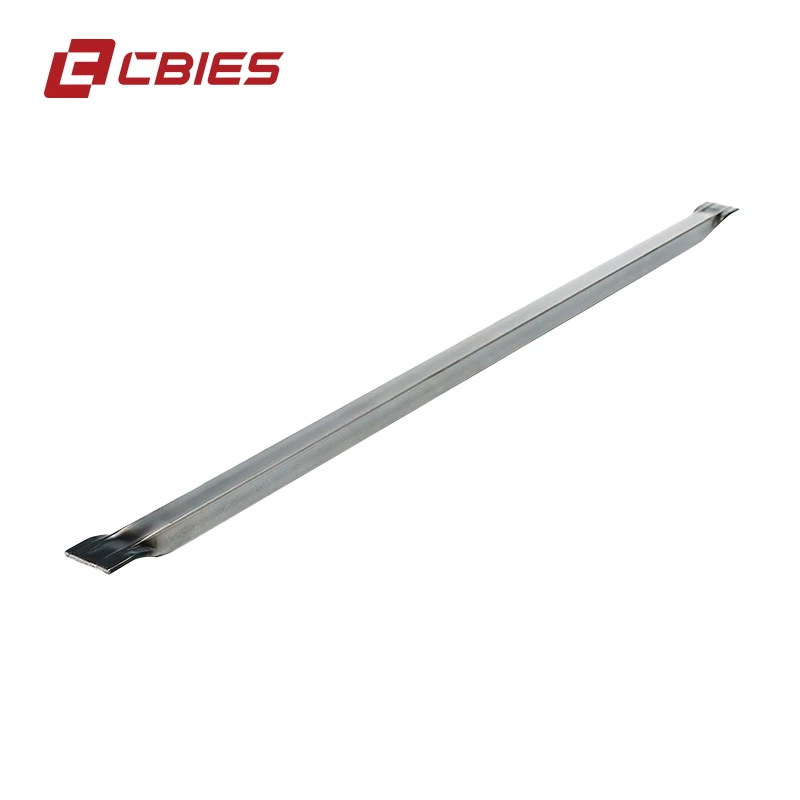How Do Side Impact Bars Work
Side impact bars, also known as side impact beams or side intrusion beams, play a crucial role in automotive safety by providing structural support and protection during side collisions. These beams are strategically placed within the doors and side panels of vehicles to absorb and dissipate the energy from a crash, minimizing the risk of injury to occupants.
What Are Side Impact Bars?
Side impact bars are reinforced structures embedded in the doors and sides of a vehicle. They are designed to withstand high levels of force, thereby protecting the passengers inside.
How Do Side Impact Bars Function?
When a side collision occurs, the force of the impact is transmitted through the vehicle's body. Here’s how side impact beams work to protect the occupants:
Energy Absorption: Side impact beams are made from high-strength materials, such as automotive-grade hot-formed steel. This steel undergoes a transformation into an austenitic structure at high temperatures, followed by rapid cooling (quenching). This process significantly increases the strength of the steel to 1500 MPa or above, allowing the beams to absorb and dissipate a substantial amount of energy from the collision.
Energy Distribution: The beams help distribute the force of the impact across a wider area of the vehicle’s body, reducing the concentration of force on any single point. This distribution minimizes the deformation of the vehicle’s interior space, protecting the occupants.
Structural Integrity: Impact beams in cars are integral to maintaining the structural integrity of the vehicle. By preventing excessive deformation, these beams ensure that the passenger compartment remains intact, reducing the risk of serious injuries.
Minimizing Intrusion: Side intrusion beams are specifically designed to prevent objects or parts of the vehicle from penetrating the cabin during a collision. This is crucial in keeping passengers safe from external debris and other hazardous materials.
Materials and Design of Side Impact Door Beam
The effectiveness of side impact beams largely depends on the materials and design used. Modern side impact beams utilize advanced materials like hot-formed steel, which not only provides exceptional strength but also flexibility. This combination allows the beams to bend without breaking, absorbing more energy and providing better protection.
Side Door Beams Provide Protection
In the ever-evolving landscape of automotive safety, one component often overlooked is the hot-rolled steel tube. These vital structures serve as a critical line of defense, providing essential protection to vehicle occupants during side-impact collisions. As safety standards become increasingly stringent, understanding the integral role that side-impact door beams play can empower consumers to make informed decisions when purchasing a vehicle.
At first glance, the side impact door beam may not seem remarkable. However, this robust reinforcement is designed specifically to absorb and dissipate the energy generated during a side collision. Strategically placed within the vehicle’s door structure, these beams work in tandem with other safety features such as airbags and crumple zones to minimize injury risks. In fact, studies have shown that vehicles equipped with high-quality side-impact door beams significantly enhance occupant protection, making them a non-negotiable feature for any safety-conscious driver.
The engineering behind side-impact door beams is a testament to the advancements in automotive technology. Constructed from high-strength materials, such as steel or aluminum, these beams are designed to withstand extreme forces. Their placement within the door not only reinforces structural integrity but also reduces the likelihood of intrusion into the cabin during an accident. This protection becomes especially critical for families, who rely on these safety measures for their loved ones.
Moreover, the presence of side impact door beams is a clear indicator of a vehicle's commitment to safety. As consumers become more aware of automotive safety ratings, understanding features like these can influence purchasing decisions. Auto parts suppliers that prioritize the installation of superior side-impact door beams are setting a standard for safety that resonates with modern buyers.
The Vital Role of Hot Rolled Steel Tubes in Automotive Safety
Hot-rolled steel tubes offer distinct advantages over other materials, making them a popular choice in the automotive sector. These tubes are produced at high temperatures, which ensures excellent ductility and toughness. As a result, hot-rolled steel tubes can easily withstand extreme pressures and impacts, making them ideal for the side-impact door beams that are integral to vehicle safety.
One of the key benefits of using hot rolled steel tubes in the construction of side-impact door beams is their ability to absorb shock effectively. In the event of a side collision, the energy generated is dispersed throughout the beam, minimizing the force transferred to the vehicle's interior. This energy absorption capability significantly reduces the risk of injury to passengers, thereby enhancing overall vehicle safety.
Moreover, hot-rolled steel tubes provide structural integrity while also allowing for design flexibility. Manufacturers can create complex shapes and configurations that not only bolster safety but also support aesthetic vehicle design. The strength and reliability of hot-rolled steel tubes enable engineers to focus on innovative designs without compromising safety standards.
Another important aspect to consider is cost-effectiveness. The production of hot rolled steel tubes is generally more economical compared to alternatives like aluminum or composite materials. This affordability allows car manufacturers to incorporate high-quality safety features, such as the side impact door beam, without inflating vehicle costs excessively.
In conclusion, the integration of hot rolled steel tubes in side-impact door beams exemplifies the commitment to safety in the automotive industry. These tubes not only enhance structural performance but also provide a reliable barrier between passengers and potential hazards on the road. As we continue to advance in automotive technology, the role of hot-rolled steel tubes will undoubtedly remain central in the quest for greater vehicle safety. Investing in these materials translates to a safer, more resilient driving experience for everyone.
Comparison: Precision Steel Tubes vs. Traditional Materials in Side Impact Door Beams
In the automotive parts wholesale industry, safety is paramount, particularly concerning side impact protection. When it comes to enhancing the integrity of vehicles during side collisions, the choice of materials for side-impact door beams plays a crucial role. Among the various materials available, Precision Steel Tubes have emerged as a superior alternative to traditional materials such as aluminum and conventional steel.
Strength and Durability
Precision Steel Tubes, known for their high tensile strength and durability, provide excellent protection against side impacts. Their ability to withstand deformation during a collision ensures that the vehicle’s occupants remain safe. In comparison, traditional materials may not offer the same level of resilience, often leading to inadequate protection in side impact scenarios.
Weight Efficiency
Another significant advantage of Precision Steel Tubes is their weight efficiency. These tubes are engineered to provide strength without the added weight, which is essential for modern automotive design. In contrast, traditional materials can be heavier, impacting a vehicle's fuel efficiency and handling. The aerospace-inspired design of Precision Steel Tubes allows manufacturers to create robust side-impact door beams that do not compromise the overall vehicle dynamics.
Cost-Effectiveness
Economically, Precision Steel Tubes can offer a more cost-effective solution in the production of side-impact door beams. While the initial investment in high-quality tubes may be higher, the long-term savings associated with reduced material usage, lower maintenance costs, and enhanced safety ratings can outweigh these initial costs. On the other hand, traditional materials often incur higher lifetime costs due to increased repairs from damage sustained during collisions.
In summary, when comparing Precision Steel Tubes to traditional materials for side-impact door beams, it becomes evident that the former presents numerous advantages. With superior strength, optimized weight, and appealing cost-effectiveness, Precision Steel Tubes are revolutionizing safety standards in automotive design. As vehicle manufacturers continue to prioritize occupant safety, the adoption of Precision Steel Tubes in side-impact door beams is likely to increase, paving the way for safer roads in the future.
How Precision Steel Tubes Improve the Durability of Side Impact Beams
Precision steel tubes play a crucial role in enhancing the durability and safety of side impact beams in automotive design. These beams are integral components of a vehicle’s safety structure, designed to absorb and dissipate energy during side collisions. The use of precision-engineered steel tubes significantly improves their performance in several ways.
Firstly, precision steel tubes are produced with strict tolerances and consistent wall thickness, ensuring uniformity and strength throughout the component. This uniformity allows for the efficient distribution of impact forces, minimizing the risk of failure at weak points. By utilizing high-strength steel alloys, manufacturers can create tubes that not only withstand greater forces but also maintain their integrity under extreme conditions.
Secondly, the lightweight nature of precision steel tubes contributes to the overall efficiency of the vehicle. Reducing weight is essential for improving fuel economy and handling without compromising safety. These tubes can be designed to maintain high strength-to-weight ratios, ensuring that side impact beams are both effective in energy absorption and lightweight, enhancing vehicle performance.
Additionally, precision steel tubes can be tailored in terms of geometry and cross-sectional design to optimize their energy absorption characteristics. By adjusting the diameter, wall thickness, and shape, engineers can create side impact beams that are better suited to specific crash scenarios, further improving passenger protection.
Lastly, the robustness and corrosion resistance of precision steel tubes ensure their longevity and reliability over time. This durability reduces the need for frequent repairs or replacements, ultimately leading to lower maintenance costs for vehicle owners.
In summary, the incorporation of precision steel tubes in side impact beams significantly enhances their durability and performance, providing greater protection for occupants in the event of side collisions while also contributing to overall vehicle efficiency.
 Afrikaans
Afrikaans  Albanian
Albanian  Amharic
Amharic  Arabic
Arabic  Armenian
Armenian  Azerbaijani
Azerbaijani  Basque
Basque  Belarusian
Belarusian  Bengali
Bengali  Bosnian
Bosnian  Bulgarian
Bulgarian  Catalan
Catalan  Cebuano
Cebuano  Corsican
Corsican  Croatian
Croatian  Czech
Czech  Danish
Danish  Dutch
Dutch  English
English  Esperanto
Esperanto  Estonian
Estonian  Finnish
Finnish  French
French  Frisian
Frisian  Galician
Galician  Georgian
Georgian  German
German  Greek
Greek  Gujarati
Gujarati  Haitian Creole
Haitian Creole  hausa
hausa  hawaiian
hawaiian  Hebrew
Hebrew  Hindi
Hindi  Miao
Miao  Hungarian
Hungarian  Icelandic
Icelandic  igbo
igbo  Indonesian
Indonesian  irish
irish  Italian
Italian  Japanese
Japanese  Javanese
Javanese  Kannada
Kannada  kazakh
kazakh  Khmer
Khmer  Rwandese
Rwandese  Korean
Korean  Kurdish
Kurdish  Kyrgyz
Kyrgyz  Lao
Lao  Latin
Latin  Latvian
Latvian  Lithuanian
Lithuanian  Luxembourgish
Luxembourgish  Macedonian
Macedonian  Malgashi
Malgashi  Malay
Malay  Malayalam
Malayalam  Maltese
Maltese  Maori
Maori  Marathi
Marathi  Mongolian
Mongolian  Myanmar
Myanmar  Nepali
Nepali  Norwegian
Norwegian  Norwegian
Norwegian  Occitan
Occitan  Pashto
Pashto  Persian
Persian  Polish
Polish  Portuguese
Portuguese  Punjabi
Punjabi  Romanian
Romanian  Samoan
Samoan  Scottish Gaelic
Scottish Gaelic  Serbian
Serbian  Sesotho
Sesotho  Shona
Shona  Sindhi
Sindhi  Sinhala
Sinhala  Slovak
Slovak  Slovenian
Slovenian  Somali
Somali  Spanish
Spanish  Sundanese
Sundanese  Swahili
Swahili  Swedish
Swedish  Tagalog
Tagalog  Tajik
Tajik  Tamil
Tamil  Tatar
Tatar  Telugu
Telugu  Thai
Thai  Turkish
Turkish  Turkmen
Turkmen  Ukrainian
Ukrainian  Urdu
Urdu  Uighur
Uighur  Uzbek
Uzbek  Vietnamese
Vietnamese  Welsh
Welsh  Bantu
Bantu  Yiddish
Yiddish  Yoruba
Yoruba  Zulu
Zulu 


















